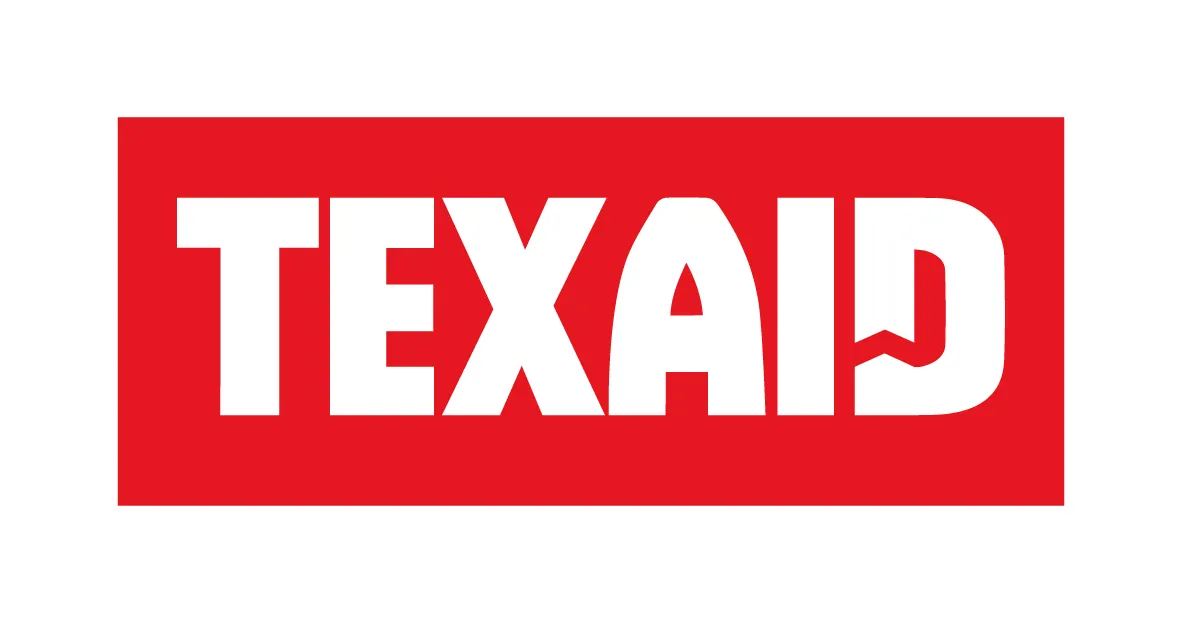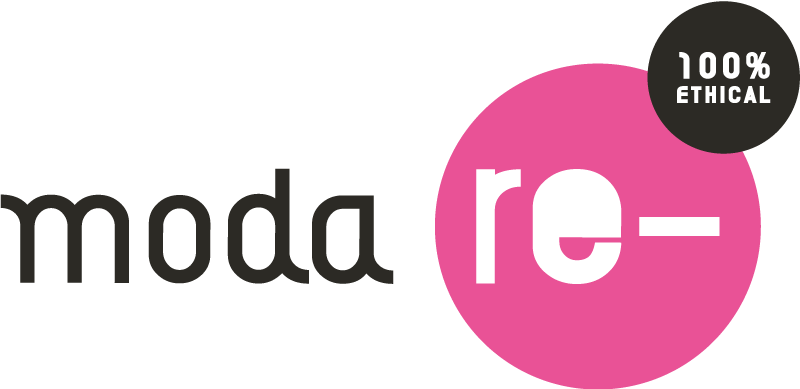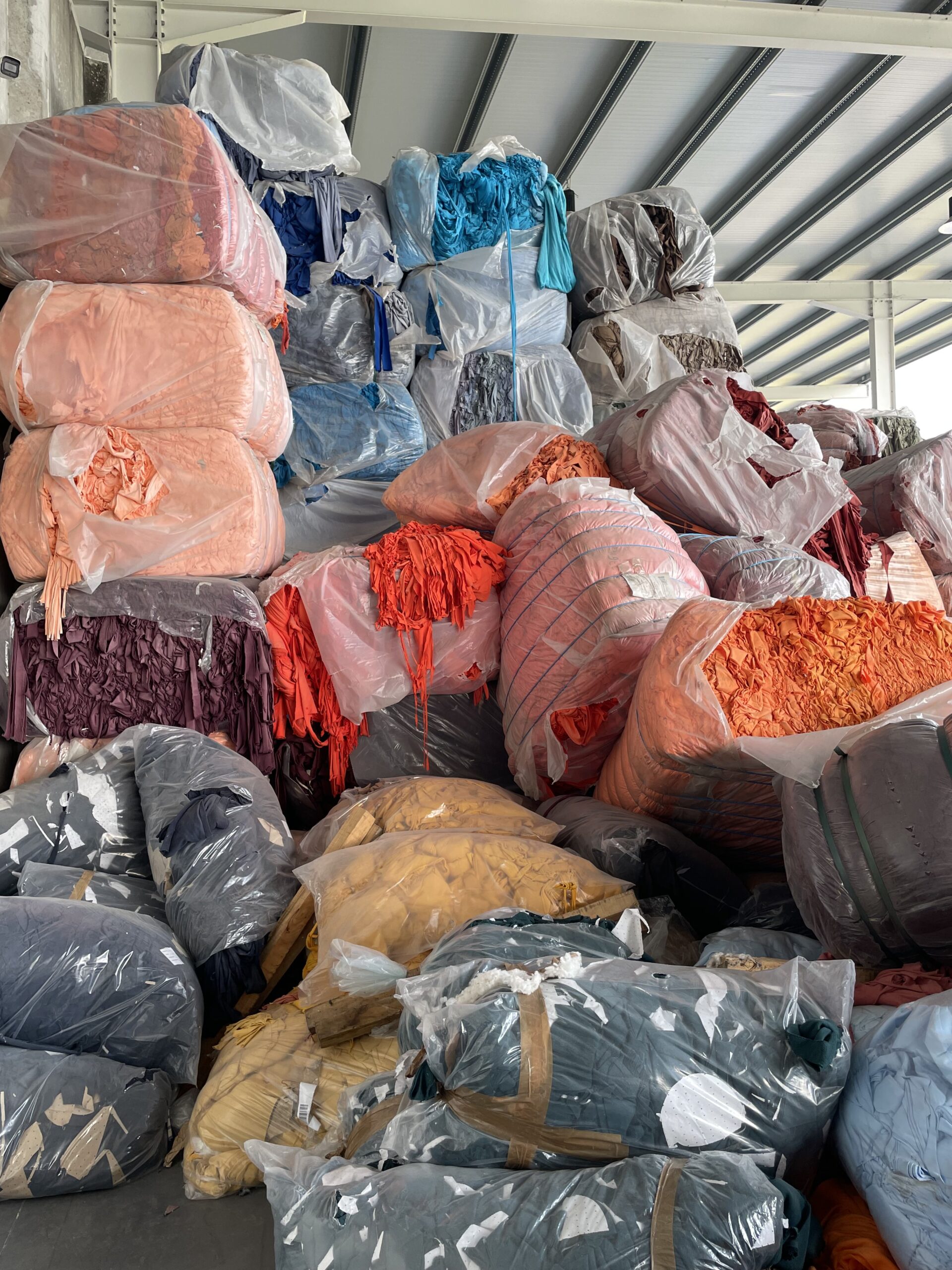
Sorting For Circularity Europe
The Sorting for Circularity Europe project was launched in early 2021 and initiated by Fashion for Good together with Circle Economy. The project was made possible by catalytic funding from Laudes Foundation and brand partners, adidas, BESTSELLER, Inditex and Zalando, with H&M Group as key project partners. The project addressed the need for data on textile waste in the market, identifying waste types and recycling opportunities.
Problem Statement
Fibre-to-fibre textile recycling is central to advancing a circular fashion industry. Commitments from brands and organisations, like the Global Fashion Agenda and Ellen MacArthur’s initiatives, have driven an increase in certified facilities for recycled content. Alongside this, EU policies, particularly the Textiles Strategy, aim to further boost recycling by mandating separate collection of textile waste and by proposing recycled content targets and potential eco-design regulations. However, scaling fibre-to-fibre recycling requires substantial investment, with McKinsey estimating €6-7 billion needed by 2030 to recycle up to 26% of Europe’s textile waste.
Scaling textile-to-textile recycling is expected to drive an increase in demand in low value post-consumer textile waste collection, sorting and recycling, requiring substantial investment to scale the infrastructure. In order to holistically inform any future investments, a need existed to understand both the characteristics of post-consumer textiles available in the European market as well as the business case for monetisation through recycling.
Executive Summary
Fibre-to-fibre textile recycling is gaining momentum as a key driver for transitioning to a circular fashion industry. This shift will likely increase demand for post-consumer textile collection, sorting, and recycling infrastructure in the EU, necessitating significant investment. The Sorting for Circularity Europe Project addressed this need by analysing textile waste characteristics and evaluating its potential for recycling.
Findings indicate that about 38% of textiles placed on the EU market are collected separately, with around 55% of this collected amount prepared for reuse. However, a significant portion of these reused textiles face challenges: many items are deemed non-rewearable and are therefore downcycled or directed toward energy recovery instead. The project found that 74% of low-value post-consumer textiles, about 494,000 tonnes annually, are suitable for recycling across six European countries; Belgium, Germany, the Netherlands, Poland, Spain, and the United Kingdom, offering a €74 million yearly value if reintroduced into the textile value chain.
The study highlighted the opportunities for mechanical and chemical recycling to divert textiles from less sustainable destinations like downcycling or incineration. The project also sought to harmonise the sorting and recycling industries and stimulate new revenue streams for sorters while creating demand for recyclers and brands. It provided comprehensive data on post-consumer textile composition in Europe and aimed to scale circular solutions.
It also demonstrated that technological advancements like Near Infrared (NIR) sorting can optimise recycling by identifying fibre types. Initiatives like the Fibersort Project have also demonstrated the potential for efficient sorting of textiles. These developments will help meet the EU’s circular economy goals, enabling new business models, recycling infrastructure, and policy improvements.
Goals of the Project
-
Phase 1: Textile waste volume and composition assessment across several sorters in Europe
-
Phase 2: Support digital platforms that match textile sorters (the industry supply-side) with textile recyclers and material reprocessors (the industry demand-side). A handbook to guide the industry to repeat the assessment process as well as an open source database of recyclers and their needs was published with the Phase 1 results.
-
-
-
Project Results
The analysis indicated that 74%, a total of 494,000 tonnes, of low-value, post-consumer textiles is readily available for fibre-to-fibre recycling in six European countries.The diversion of post-consumer textiles to fibre-to-fibre recycling increases the average sales income from €0.12 per kilo in the current market to at least €0.23 per kilo in a closed loop scenario, a net increase of €0.11 per kilo. This represents the potential to generate an additional €74 million per year in value by reintroducing sorted and recycled textiles back into the value chain. 21% of the textile waste is available for mechanical recycling and 53% for chemical recycling based on certain recycling criteria.
It also led to the creation of the sorters handbook and open source database of recyclers.
Ecosystem Partner
Funder
Innovation Partners
Project Partners
Implementation Partners
Innovator
Relevant Resources

Fashion for Good Launches The Sorting for Circularity India Project
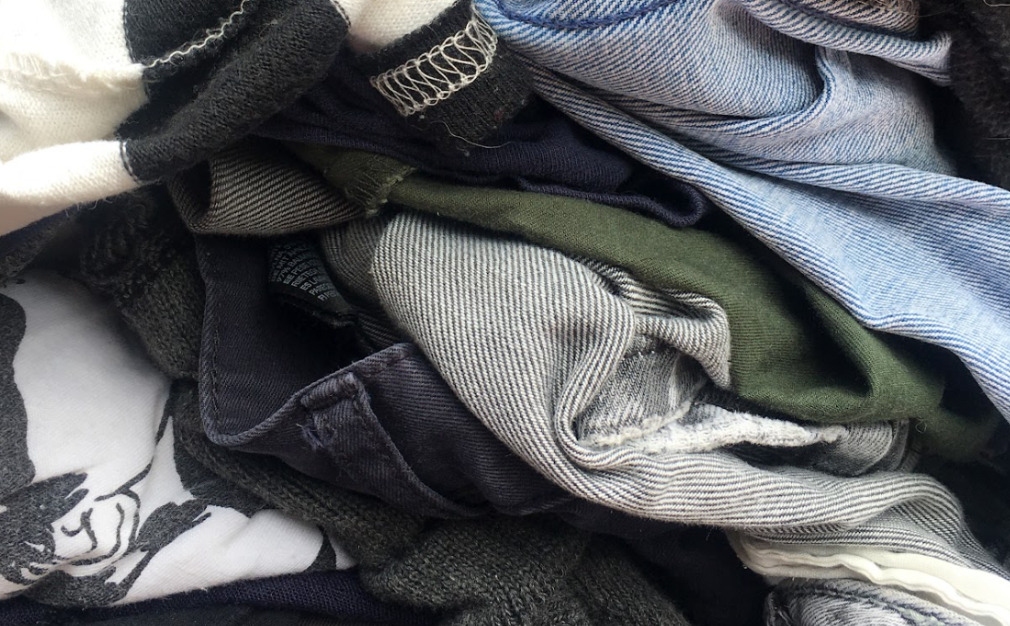
Sorting For Circularity Europe: Project findings highlight immense opportunity to accelerate textile recycling
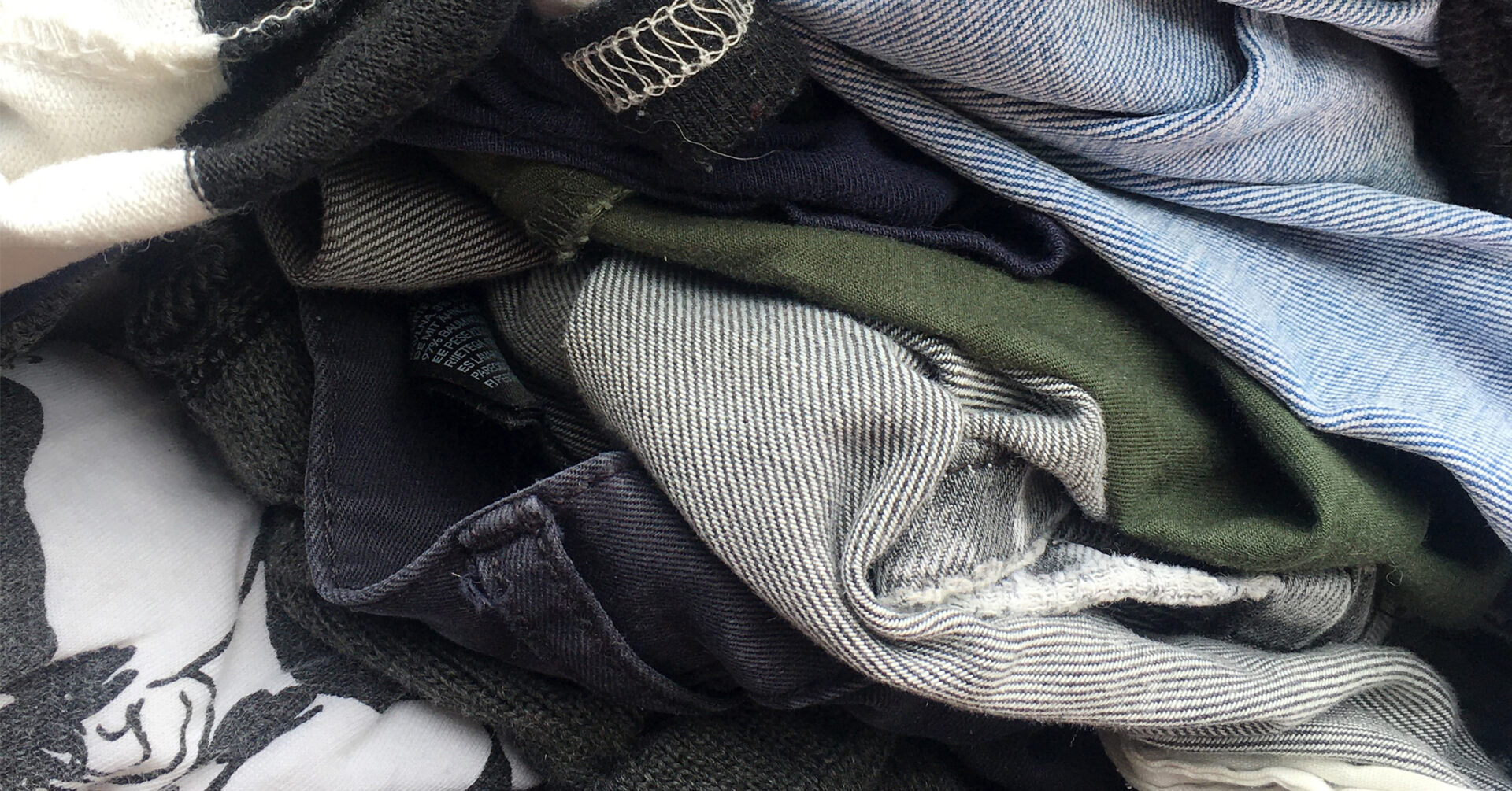
Sorting For Circularity; Fashion for Good Launches New Project To Drive Textile Recycling
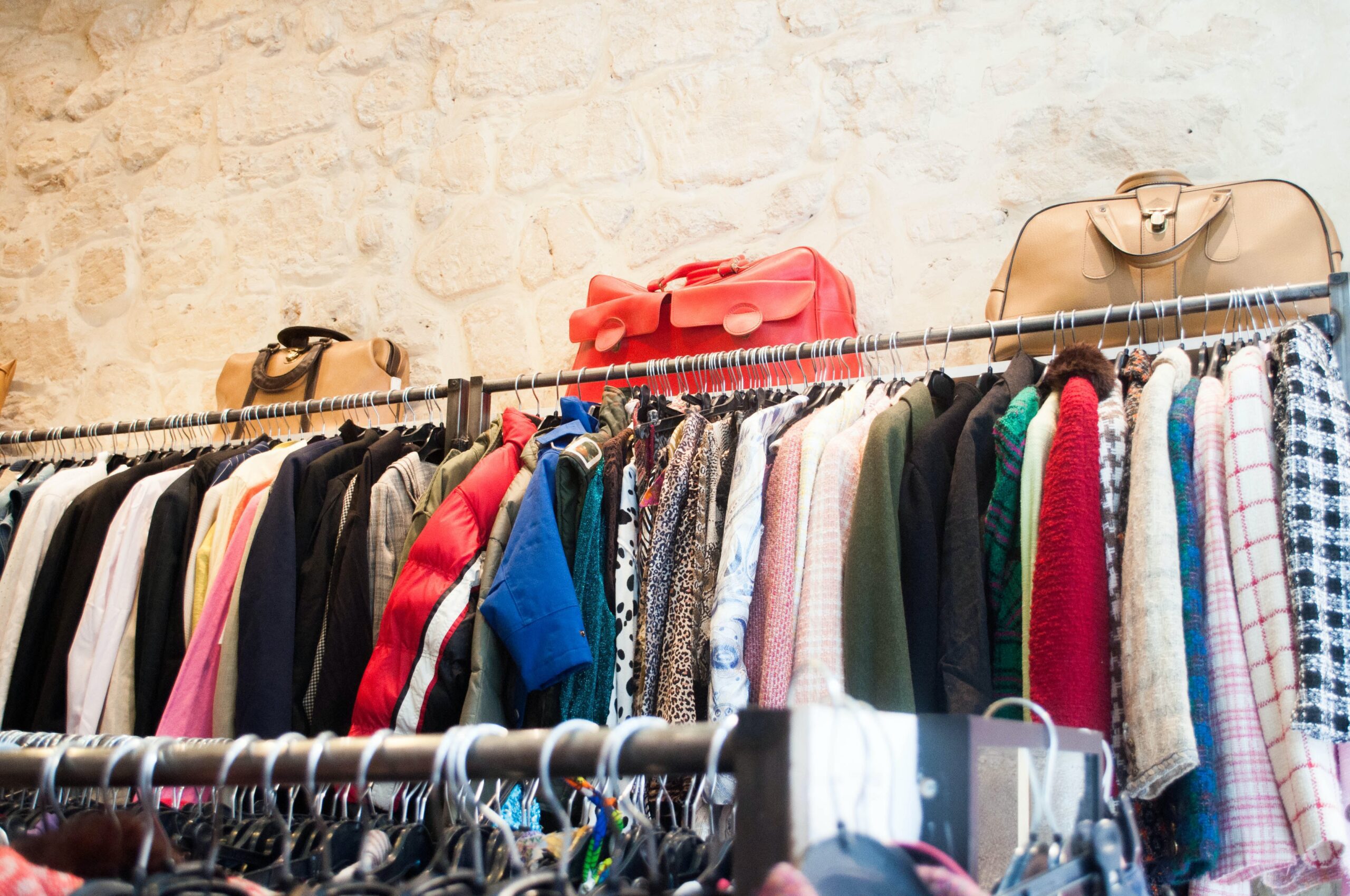
Sorting for Circularity Europe Expands to Address Rewearable Textile Crisis
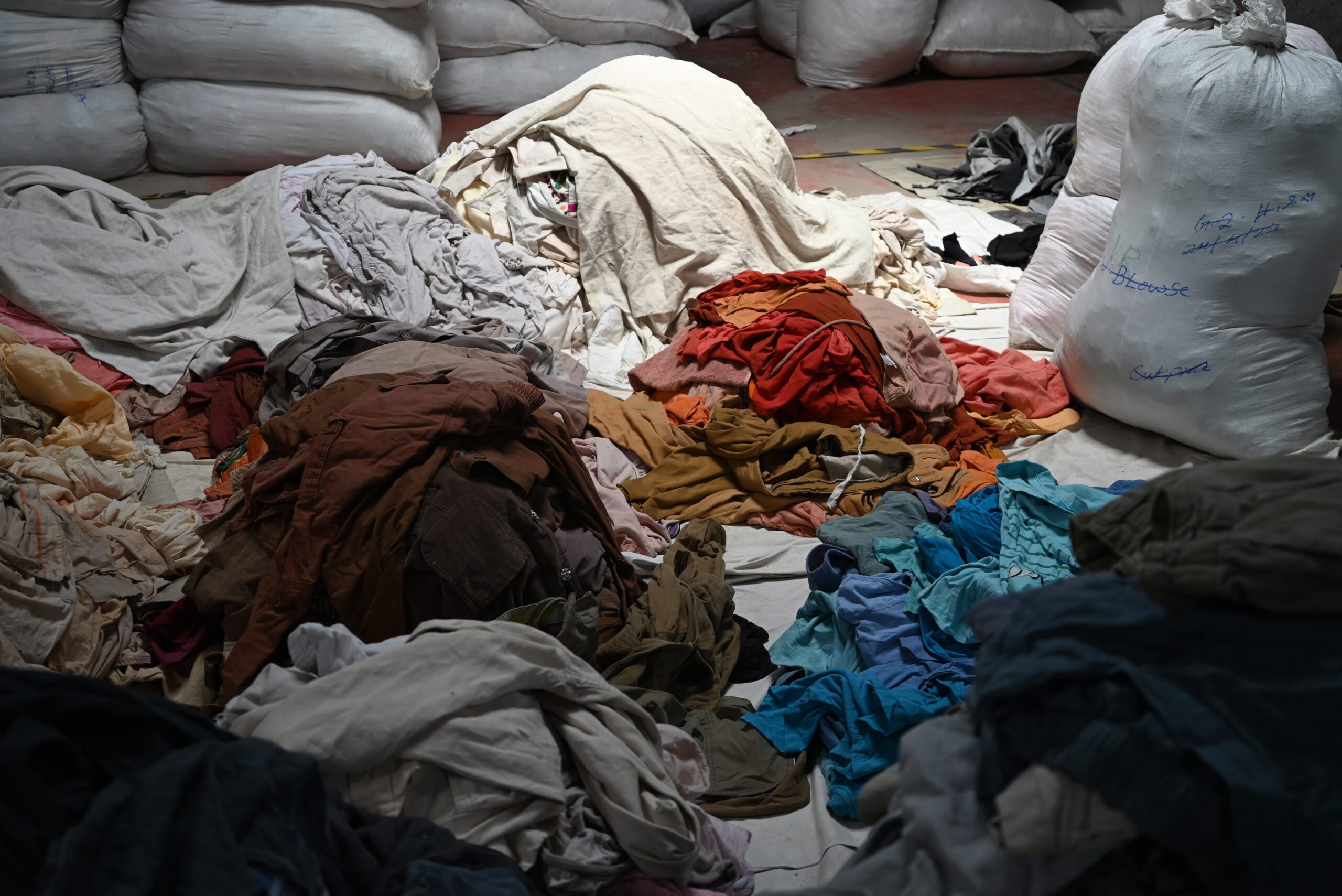
Sorting for Circularity India Toolkit Launched: Pioneering Partnership Sets India on Path to Next-Gen Textiles Leadeship

Driving Circular Innovation Forward: Fashion for Good Welcomes New Partners to its Sorting for Circularity USA Project

New Partners Join the Sorting for Circularity Project
Other Projects

The Next Stride: Bio-based Materials for Footwear Soles
“The Next Stride: Bio-based Materials for Footwear Soles” aims to validate the performance and environmental impact of bio-based polymers as sustainable alternatives to the fossil fuel-derived materials currently used in footwear soles. The objective is to collectively de-risk the transition to these “next-generation” materials by rigorously testing their technical properties and assessing environmental benefits. Ultimately, the purpose is to accelerate the adoption of these bio-based solutions and pave the way for a more sustainable footwear industry.

Beyond50 Denim: Combining Cottonised Hemp And Green Chemistry
“Beyond50 Denim: Combining Cottonised Hemp And Green Chemistry” aims to validate the performance and environmental impact of cottonised hemp processed with green chemistry to act as a true alternative to cotton in denim applications. The project goal is to evaluate the performance of SEFF’s cottonised hemp fibre in combination with Fibre52’s bio-friendly chemistry solution within denim fabric applications with a total hemp content of 50% and above. The fabrics will be benchmarked against conventional 100% cotton denim with a specific focus on handfeel and aesthetic characteristics.

Price Parity Toolkit
The Price Parity Toolkit (PPT) was designed to help bridge the price gap between next-gen* and conventional materials. Developed by Fashion for Good with the support of Canopy, this industry-supported framework introduces a financing mechanism that decouples price premiums at early stages of the supply chain to enable adoption and drive the scale of lower-impact materials.








